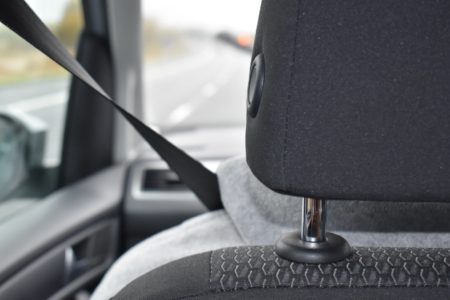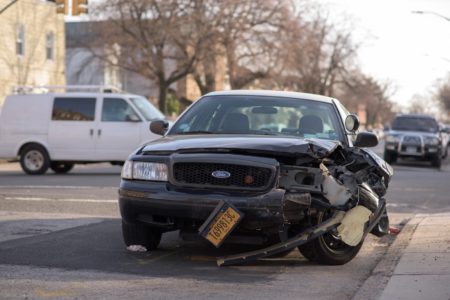How to Drive a Car | Graduated Driver License (GDL)
Learning how to drive a car will probably be regulated by a Graduated Driver Licensing (GDL) program. The GDL program where you learn to drive may have different restrictions than other areas. But know that driving a car under the provisional permit has many more restrictions than a full license. Those restrictions are because teens are considered to be still learning how to drive a car.
The GDL programs are more complicated than the old systems but worth every ounce of effort that went into putting them together – and then some! They really do save lives. Some are better than others. The best ones are the most restrictive. The CDC has produced a GDL Tool Kit that helps parents and teens learn about GDL. To get a copy of this Tool Kit click the link below.
Become familiar with the GDL for your area so you follow them when driving a car. You can also use them to build your Family Driving Rules and Teen-Parent Driving Contracts. The link below will also take you to mor einformation on GDL in your area:
Learn to Drive: GDL Laws in Your State
Be sure to memorize the rules for each stage in obtaining your license. Make this a part of your Learn to Drive checklist. When you practice driving a car remember to follow the GDL rules.
BackgroundSince the fifties, cars have become a lot safer. Thousands of crash-test dummies have given their lives to help automakers cushion and support vehicles where they need it most. They’ve added seatbelts with shoulder harnesses and airbags – but still – teens were dying in crashes at catastrophic rates!
So the folks who control and maintain our transportation systems took a closer look at what was causing the crashes involving teen drivers. They found several things that contributed to crashes over and over again. Then they changed the rules for driver licensing to incorporate what they learned.
They added restrictions in those areas, to protect new drivers and give them time to gain experience before they added some of the more difficult challenges of driving a car.
GDL Levels and Restrictions

Most states and provinces have some form of GDL program for teens learning how to drive a car. The best programs have 3 levels and are most restrictive. The section below provides a sample of what a GDL program might look like.
Level 1 License (Learner’s Permit)
Qualifications: Prospective drivers must pass a written test, meet an age requirement and have a parent’s permission to qualify for their Level 1 license.
They must have a parent/coach accompanying them in the front passenger seat of the car every time they are driving a car. The coach must be a sober, fully licensed driver.
Level 2 License (Provisional / Restricted License)
Once teens master enough skills to complete the requirements at Level 1 and pass a road test, they graduate to Level 2. Level 2 allows new drivers to drive without an adult under some circumstances. However, restrictions regarding time of day, number of passengers and speed may apply. The restrictions are different in different places so make sure you know the rules in your area.
Level 3 License
This is the full license that most people have. It doesn’t include any special restrictions and provides full privileges for driving a car.
In the UNITED STATES in 1 year:
NTHSA data for 2006 In CANADA in 1 year:
Traffic Injury Research Foundation 2006 |
16 Year-old drivers have:
|




